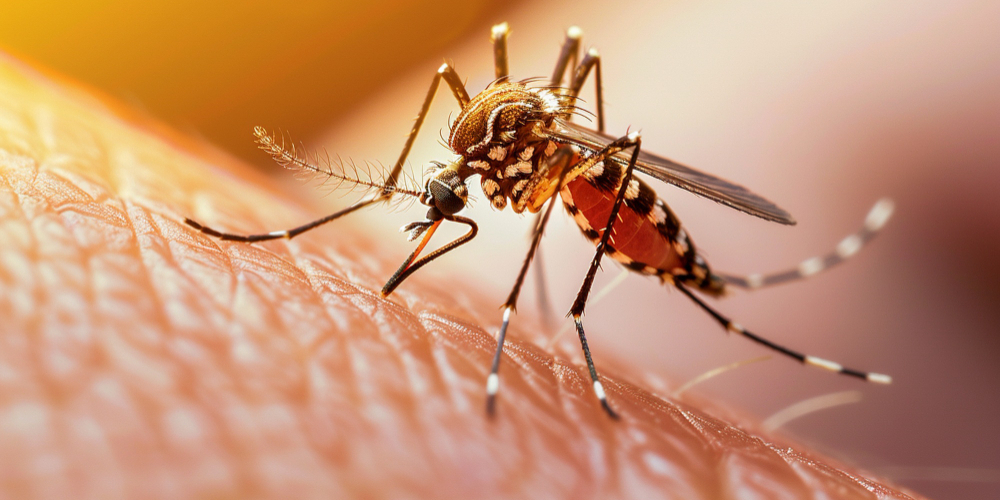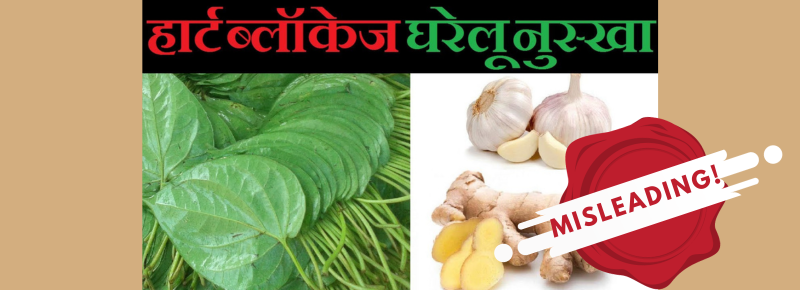Latest
Theories linking women and “sins of people” to natural calamities are absurd, and wrong
Author
Author
- admin / 4 years

- 0
- 4 min read

Author
Absurd theories float around natural calamities that blame females and human sins instead of climate change
By Naseer Ahmad
Despite the World Economic Forum report of January 2020 that said people in South Asia are the most trusting of climate science, some myths about climate change prevail in South Asia.
During devastating floods in India, Pakistan and Bangladesh many people refuse to attribute the floods to climate change. They either blame women for the floods or ascribe them as an atonement of the sins of people.
The 2020 report titled “3 charts that show how attitudes to climate science vary around the world” says Indians are the most trusting of climate science. According to the report, 86% in India said they trusted scientists ‘a great deal’ or ‘a lot’, followed by Bangladesh (78%) and Pakistan (70%).
However, three major floods that India in the recent past show that there is a substantial number of people who don’t trust climate science and prefer to blame calamities like floods on women or attribute them to the sins of people.
In the case of devastating floods that hit the state of Uttarakhand in India, many said the Gods wanted people to realize their presence. The state of Uttarakhand between June 13 and 17, 2013 received an unusual amount of rainfall. The rainfall led to the melting of the Chorabari glacier and the eruption of the Mandakini river in the region. And in the early hours of June 17, 2013, a flash flood came down upon the overflowing banks of the Chorabari lake destroying lives, houses and anything that came its way.
The floods killed scores of people and left a trail of devastation behind in the region.
Many believers attributed the devastating floods that left Uttarakhand in shreds to the ire of the Goddess’.
The believers said Uttarakhand had to face the Goddess’ wrath as she was shifted from her ‘mool sthan’ (original abode) to make way for a 330 MW hydel project that now lies in ruins. A similar attempt in 1882 by a local king had resulted in a landslide that had flattened Kedarnath.
In August 2018 floods hit Kerala devastating the majority of the districts of the coastal state of India. According to a report of the Government of India’s Central Water Commission Hydrological Studies Organisation Directorate, Kerala experienced an abnormally high rainfall from June 1 2018 to August 19, 2018. This resulted in severe flooding in 13 out of 14 districts in the State. However, religious conservatives said that the floods were caused by the entry of women, some of whom may be menstruating, in a temple that was off-limits for them for centuries.
The Hindu Makkal Katchi (HMK), a Hindu organisation, had linked Kerala floods to women’s entry into the Sabarimala temple. The Internet was flooded posts from a section of men blaming the devastating floods in the coastal state on the Supreme Court’s consideration of women’s access to the Sabarimala temple, which was barring women ‘of menstruating age’ (an arbitrary 10 to 50 range) from entering the temple.
Similarly, continuous rainfall from September 1 to September 7 2013 led to large scale cloudbursts triggering massive floods in Kashmir Valley of J&K Union Territory. The main river of the Kashmir Valley, Jhelum, which has a carrying capacity of around 35,000 cusecs, was flowing with 1.20 lakh cusecs (one cusec is 28.317 litres) flooding the capital city Srinagar and other districts. The then Chief Minister of J&K Omar Abdullah called the floods, “floods of a biblical proposition.” However, the posh area of Rajbagh in Srinagar was the first to get submerged. This made many conservatives in the valley to remind Kashmiri Muslims of their sins. The floods were blamed on the girls in the upmarket Rajbagh area of Srinagar because they wear jeans.
Natural calamities need to be heeded, acknowledged and responded to – as they are nothing but the results of climate change happening everywhere. To ascribe religious and gender reasons to these calamities is not only absurd, and wrong as it takes away from what should we be focusing on – minimizing the ill-effects of climate change.









